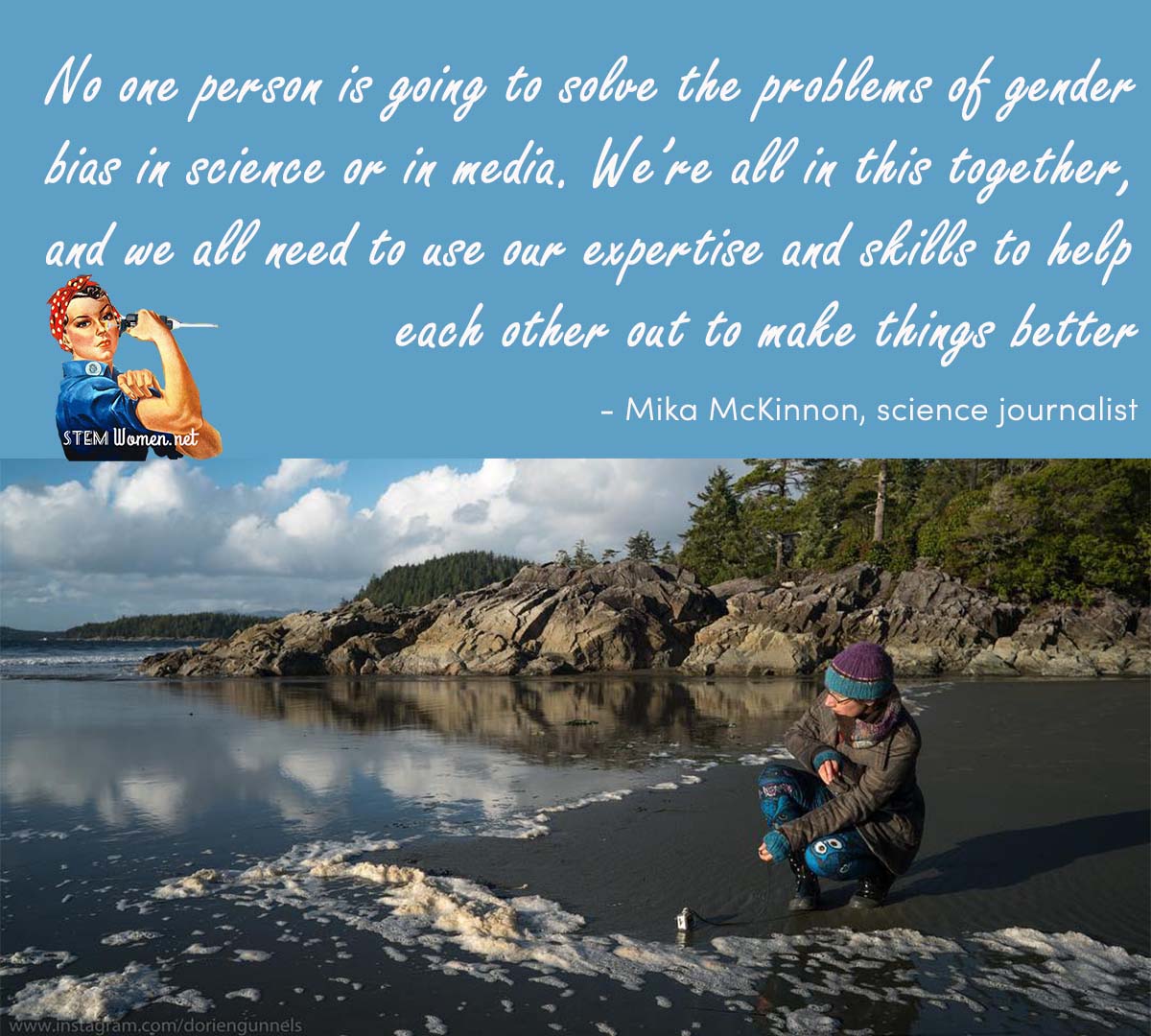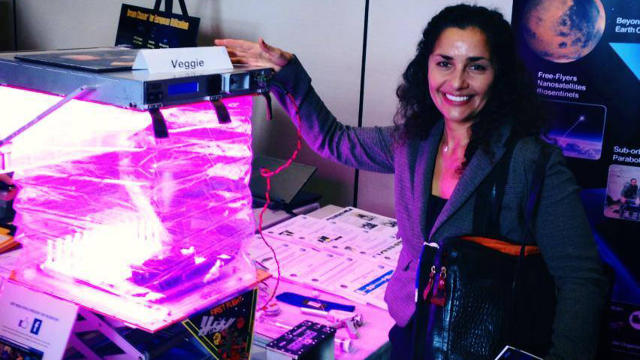We spoke with Professors Rajini Rao and Gabriela Popescu who are outgoing and incoming chairs, respectively, of the Committee on Professional Opportunities for Women (CPOW) in the Biophysical Society.
1. Gabriela, the Committee for Professional Opportunities for Women is about 40 years old. Can you briefly tell us about the history of CPOW and its significance for the Biophysical Society at the time?
GP: When the Biophysical Society was founded around the middle of the last century, following WWII, very few of the ~500 attendees were women and none were in leadership positions. This changed in the early seventies when Margaret Oakley Dayhoff, a pioneer in bioinformatics, became Secretary for the Society. Under her leadership, the CPOW was chartered for “increasing recognition and opportunities for women biophysicists”. Shortly after, the Society elected its first woman President. The timing was not a coincidence! Since then CPOW has worked to elevate many women scientists to leadership positions and supported the career development of both men and women biophysicists. The Biophysical Society currently serves over 9000 diverse professional scientists drawn from academia, industry and government agencies world wide.
2. Rajini, you chaired this committee for nearly a decade. Tell us how you got involved, and why?
RR: While serving as an elected member on the Biophysical Society council, I couldn’t help but notice the poor representation of women scientists in society awards. When I subsequently met the chair of the Awards committee and looked at the underlying numbers, I realized that the problem was that few women applied, even when the award was for women only! So I joined the CPOW committee where we identified and directly lobbied high quality candidates for awards. Women who self-promote their careers are perceived as being “pushy” and may be unfairly penalized. By mediating on their behalf, we removed this impediment. As a result of our efforts, the number of women receiving awards has increased, and we also have more women serving on the Awards committee.

Read more ›







